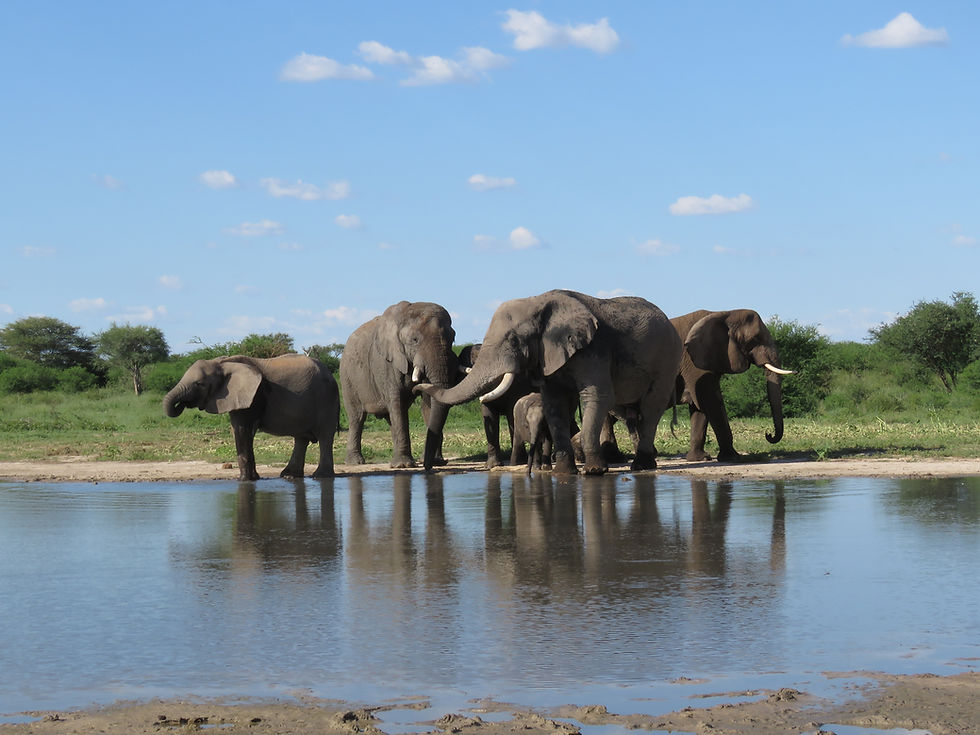

Reintegration of Captive Elephants into a Wild System
Born of a desire to see elephants in the wild, previous elephant back safari manager, Brett Mitchell, initiated the first reintegration of a captive elephant herd in 2015 that had been under his care for many years. This also triggered the simultaneous establishment of the Elephant Reintegration Trust which was aimed at continuing this work across the country. By 2016 a second reintegration was also conducted successfully and both herds are still happily roaming freely and forming valuable ecological roles on two wildlife reserves.

The first group of elephants were reintegrated onto a large extensive wildlife system about 600km from where they were previously used in elephant back safaris. This project required a translocation to the new reserve with a settling in period for the elephants to acclimatize to the new system before the actual reintegration process took place.
First the elephant herd was placed in a boma (fenced enclosure within their new reserve) which acted as a secure area to operate from while slowly introducing them to their new surroundings. It was here that food and water were provided for them during the evenings and regular health checks could be safely conducted during the initial period of the project.

After about a week or so after arrival, once the elephants settled down at the new reserve, we started to explore the reserve daily with the elephants, walking to the various waterholes located on the reserve. As this was an extensive wildlife system the waterholes were at least eight kilometers apart from each other which gave the elephants the opportunity to learn a good section of the reserve.

Eventually we stopped choosing where to take them each day when they came out the boma and started allowing them to feed and drink where they preferred. This gave them the opportunity to explore at their comfort level while we monitored their locations using their GPS collars. This showed us they were not reliant on having people around and enjoyed the opportunity to make their own choices of where and at what pace they wanted to move and forage.
As they repeatedly displayed their self-sufficiency, the final stage of the reintegration process was to give them full freedom of choice. This meant the boma was left open and their behaviour was no longer influenced by us in any way. The open boma was stocked with food and water had the elephants decided they would be more comfortable coming back there during the evening. This was an incredibly exciting yet emotional step for the team as it meant no further interactions would take place with this special group of elephants. The elephants displayed their readiness for this final step by heading out of the boma that day and never returning again.
Over the following months, we continued to monitor the elephants, checking on their behaviours, health and movement patterns with the help of their GPS collars. There were times that we did not see the elephants for a few days and when we were able to get a visual they did not show us much attention – they were just going about their lives. From the outside looking in, one would never have guessed that they were once captive elephants. Given the chance, their natural instincts had them behaving like wild elephants again.




The second group of elephants that were reintegrated in 2016 underwent a similar reintegration process. In each case, cues, and indications from the herd themselves were used to dictate the timing at which the various reintegration phases were initiated. This was to ensure they were as prepared as possible, and stress was kept to a minimum during each transition. a very similar fashion to the first group. This herd also never returned to the boma after the final release stage took place.

